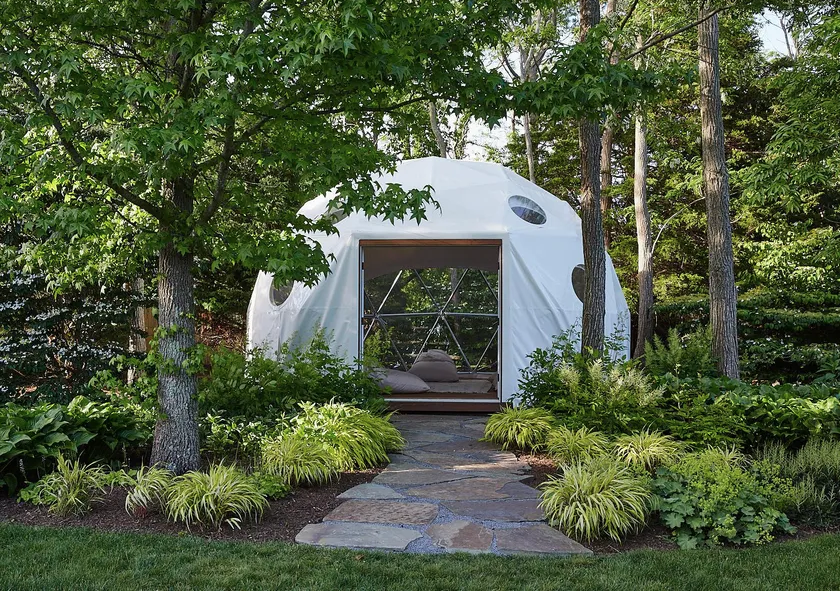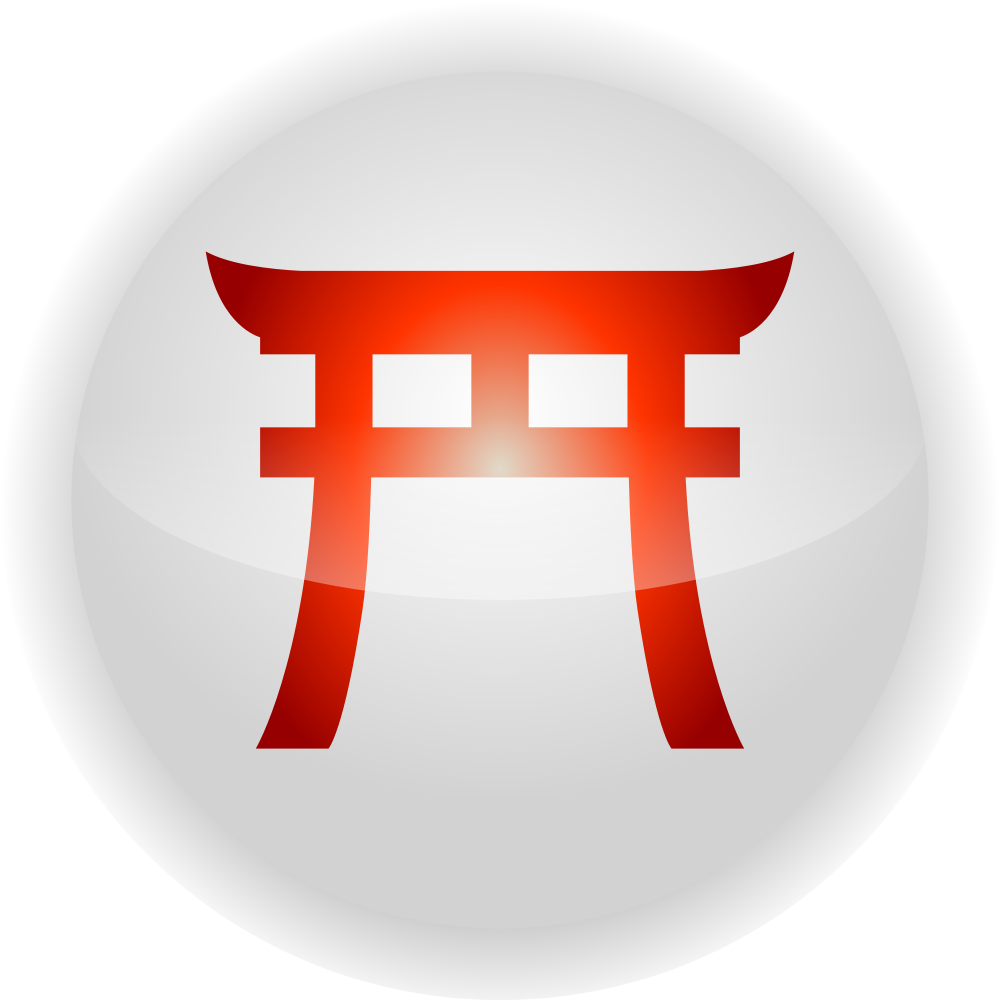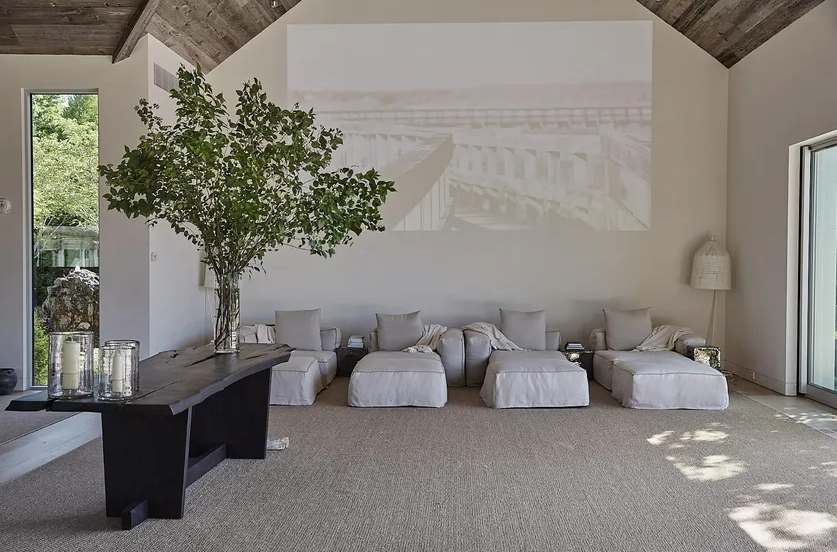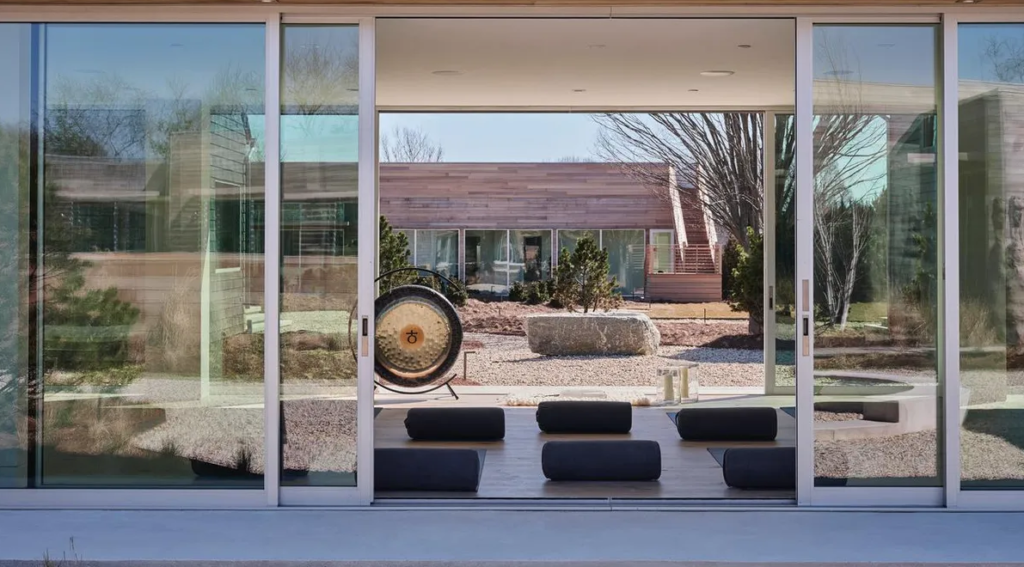
Understanding The Wabi-Sabi Art Of Imperfection
They say beauty is universal, though it can be quite tricky to define, as it takes on various meanings depending on the moral and theoretical principles of a specific culture. If Western societies follow ancient Greek ideals of beauty based on components like perfection, symmetry, and grandness, the Eastern ones instead abide by a completely different set of standards that tend to be more spiritual in nature. Immersed in an environment that is both serene and transcendent, the Shou Sugi Ban House wellness and spa retreat in the Hamptons is exactly the kind of Japanese-influenced meditative destination that is beautiful in its own simplicity. To find out more about the Eastern concepts of beauty, we spoke with Amy Cherry-Abitbol, CEO and co-founder of the Water Mill–located haven, on her interest in opening Shou Sugi Ban House and the Japanese philosophy and aesthetic of wabi-sabi behind the space.
What brought you to creating Shou Sugi Ban House?
“I was a practicing corporate attorney for over 30 years and was looking for a change in profession. In the spring of 2014, I attended a Harvard Business School program entitled ‘New Paths’ for women seeking to change careers and explore new opportunities. I evaluated many different directions and was fortunate to find the ideal project in which to combine my interests in health, wellness, and design with the help and support of a close friend from law school [co-founder Kathleen Kapnick]. I recognized the need for a destination like this in the Hamptons—which offers a perfect setting for this experience, surrounded by the healing powers of the ocean, beaches, open skies, and sprawling farms. When the property became available, we seized the opportunity. Though many are surprised by this, a destination wellness retreat and spa like ours is unique to the area, and Shou Sugi Ban House is the first of its kind in the Hamptons.”
What is the Japanese philosophy and aesthetic of wabi-sabi?
“The Japanese principle of wabi-sabi celebrates beauty in what’s natural, even that which is imperfect and impermanent. The simplicity of this approach was the starting point for my vision of what Shou Sugi Ban House would become.”
Where does your interest in wabi-sabi stem from?
“I lived in Japan for many years and have always been inspired by the Japanese culture, aesthetic, and design. When we were designing Shou Sugi Ban House, incorporating wabi-sabi elements as well as authentic ingredients was fundamental to creating the experience.”
How do wabi-sabi principles relate to Shou Sugi Ban House, and what is their importance?
“The principle of wabi-sabi informed the design of the property and the programs that we have implemented, as well as the materials and ingredients we use. It speaks to an understated elegance in the interior design, which we further enhanced with a tranquil and calming color palette of bisques and natural hues, organic fabrics, and artisan-crafted furniture. For the grounds, this translated to incorporating the pebbled pathways, a meditation bench, a gathering lawn, a cherry-blossom orchard, a fire lounge, and several discovery moments for mindful, contemplative reflection. This also brought an added focus on sustainability and organic, naturally harvested ingredients for our culinary program and spa and healing arts offerings, including many grown in our on-site gardens.”






